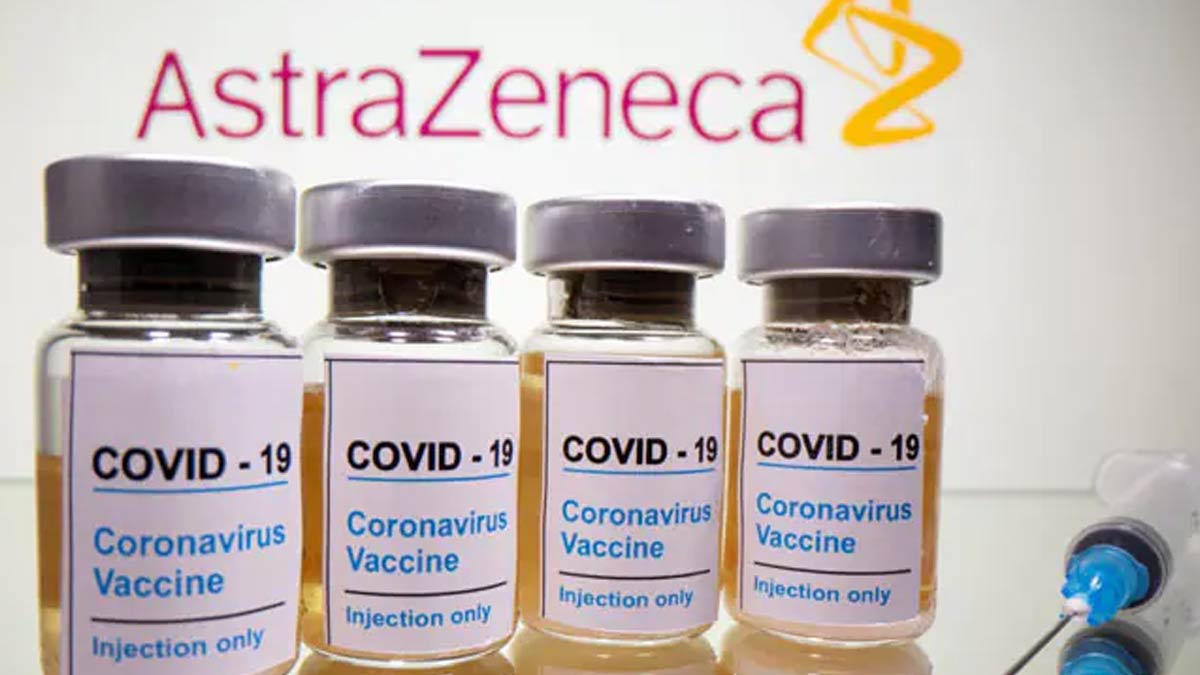
In a recent turn of events, AstraZeneca, the pharmaceutical giant, conceded in court documents the potentiality of its Covid vaccine to escalate the risk of a rare and severe blood clot disorder. This acknowledgement has stirred a wave of concern among medical professionals, shedding light on the under-discussed Thrombosis Thrombocytopenia Syndrome (TTS).
Understanding Thrombosis Thrombocytopenia Syndrome (TTS)
Thrombosis Thrombocytopenia Syndrome (TTS) emerges as an uncommon yet critical side effect associated with the AstraZeneca (Vaxzevria) and Janssen COVID-19 vaccines. Unlike its Pfizer counterpart, the AstraZeneca vaccine has been linked to this syndrome, prompting a closer examination into its mechanisms and implications.

Deciphering Thrombosis and Thrombocytopenia
At its core, thrombosis refers to the formation of blood clots within blood vessels, potentially posing life-threatening consequences when they obstruct vital organ functions. Thrombocytopenia, on the other hand, denotes a deficiency in platelets, the blood cells crucial for clot formation and bleeding prevention. When these two phenomena converge, giving rise to TTS, the implications become dire.
Also Read: Drake Bell Opens Up About Battling Substance Abuse; All About Substance Use Disorder
The Anatomy of TTS
As per Dr Shrey Srivastava, General Physician at Sharda Hospital, TTS stands distinct from conventional blood clotting disorders, manifesting as a simultaneous occurrence of blood clots and diminished platelet levels. This precarious equilibrium can precipitate life-threatening scenarios, necessitating heightened vigilance and awareness within medical circles.
Identifying TTS Symptoms
TTS typically manifests within a window of 4 to 28 days post-exposure to the AstraZeneca vaccine. Its hallmark features include a platelet count below 150 x 10^9/L and the emergence of thrombosis, notably in atypical sites such as cerebral venous sinuses and abdominal veins.
Symptoms of TTS
The clinical presentation of TTS encompasses a spectrum of manifestations, ranging from neurological to systemic. Neurologically, individuals may experience severe, persistent headaches, blurred vision, speech difficulties, drowsiness, seizures, or confusion. Systemically, symptoms may entail breathing difficulties, chest pain, leg swelling, persistent abdominal pain, and the appearance of tiny blood spots beneath the skin, unrelated to the injection site.
Consequences of Thrombi Development
The development of thrombi, or blood clots, poses a grave threat to the body's vital organs. These clots can impede blood flow to essential regions such as the heart, kidneys, and brain, culminating in dire complications such as strokes and internal bleeding. Sites commonly affected include the brain (cerebral venous sinus thrombosis), abdomen (splanchnic vein thrombosis), lungs (pulmonary embolism), limbs (deep vein thrombosis), and arteries (arterial thrombosis).
The Unraveling of TTS: A Clarion Call for Vigilance
Crucially, no pre-existing medical conditions have been identified as predisposing factors for TTS post-vaccination, underscoring the unpredictable nature of this syndrome. This revelation underscores the paramount importance of comprehensive risk assessment and vigilant monitoring in individuals receiving the AstraZeneca vaccine.
Bottomline
The acknowledgement of AstraZeneca's vaccine as a potential catalyst for TTS casts a sobering spotlight on the complexities of vaccine-induced side effects. As the medical community grapples with this newfound challenge, heightened awareness, and proactive surveillance emerge as indispensable tools in safeguarding public health against unforeseen risks.
How we keep this article up to date:
We work with experts and keep a close eye on the latest in health and wellness. Whenever there is a new research or helpful information, we update our articles with accurate and useful advice.
Current Version